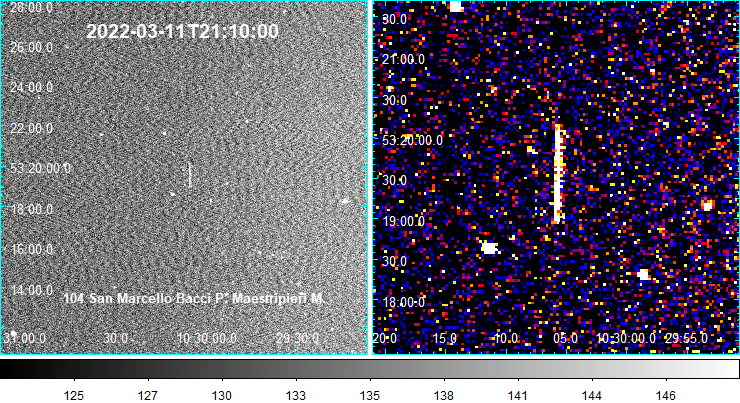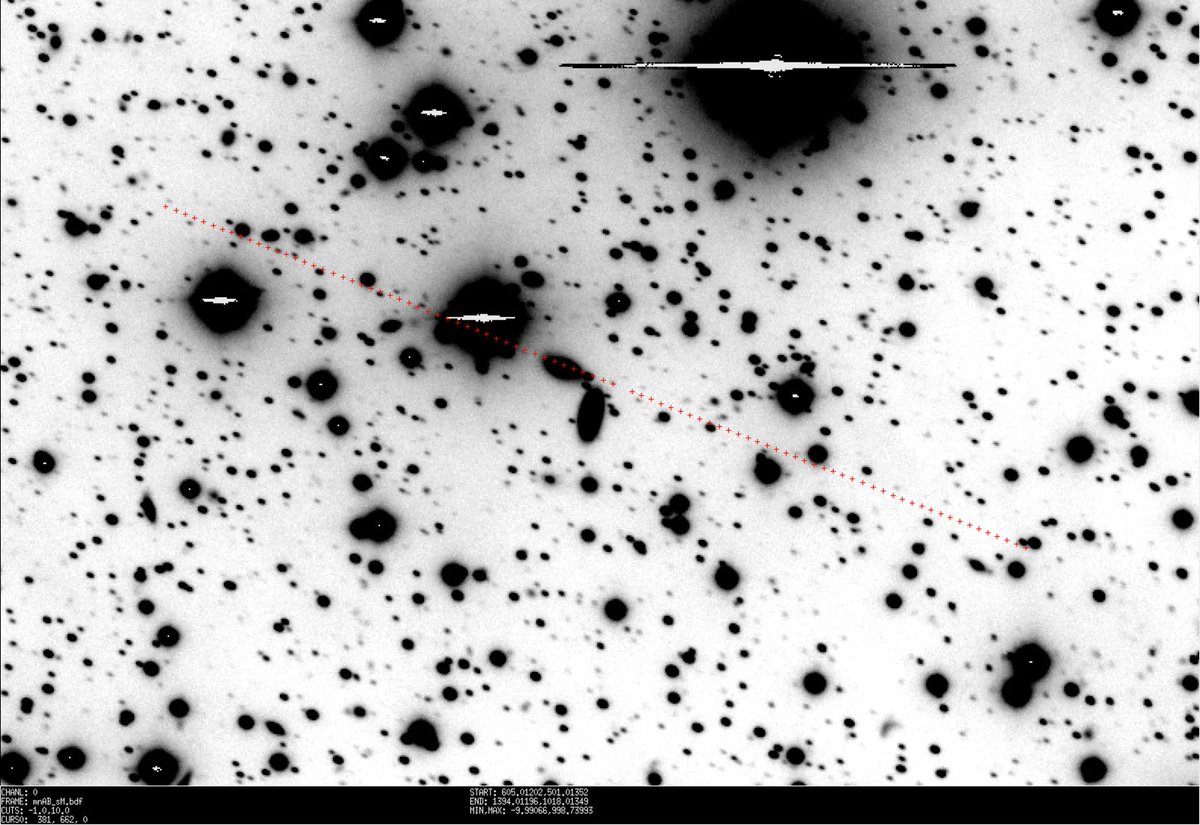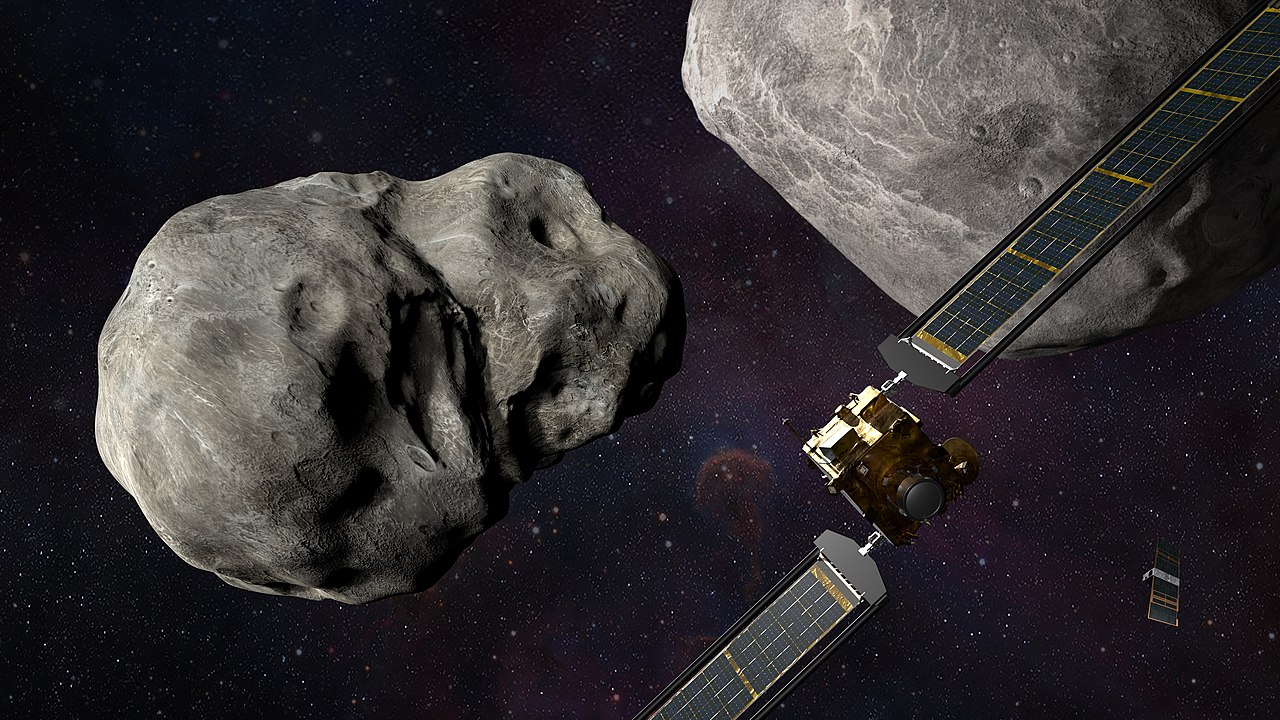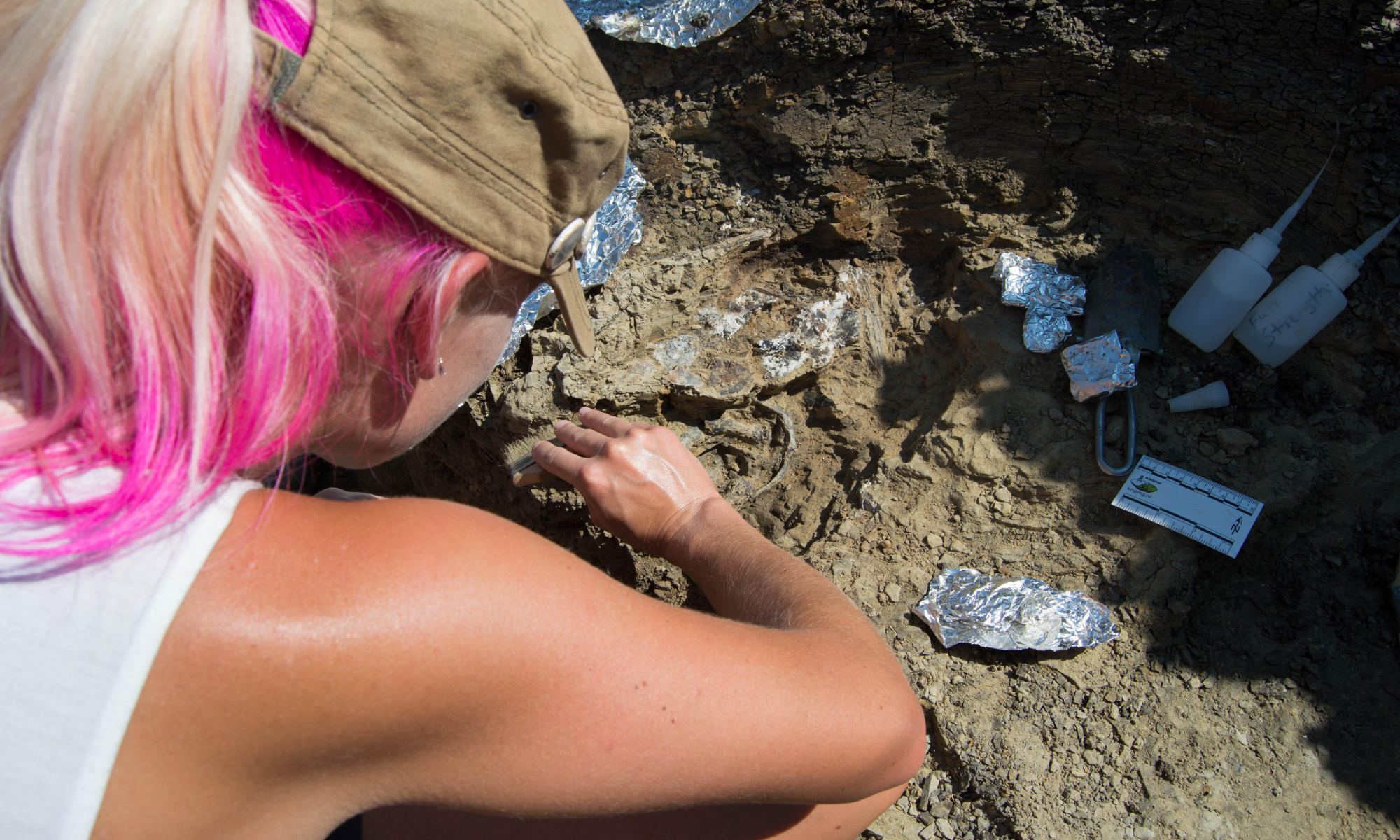It’s comforting to know that there are people who are literally paid to watch the night sky to ensure that at least we’ll be informed if an asteroid will hit the Earth. Technology and near-Earth surveys have become advanced enough that the likelihood of a planet-killer-sized asteroid coming out of nowhere, as is so prevalent in modern media depictions, is extremely unlikely. Even smaller ones, which would only wipe out a city or part of a continent, get enough attention to tell if they pose a threat or not. And in advance of Asteroid Day 2022, which happened on June 30th, ESA is proud to announce they were able to remove one of the most threatening asteroids from their potential impact list.
Continue reading “The Most Threatening Asteroid Just got Downgraded to “Harmless”. No Impact in 2052″This is What the Metal Asteroid Psyche Might Look Like

If you wanted to do a forensic study of the Solar System, you might head for the main asteroid belt between Mars and Jupiter. That’s where you can find ancient rocks from the Solar System’s early days. Out there in the cold vacuum of space, far from the Sun, asteroids are largely untouched by space weathering. Space scientists sometimes refer to asteroids—and their meteorite fragments that fall to Earth—as time capsules because of the evidence they hold.
The asteroid Psyche is especially interesting, and NASA is sending a mission to investigate the unusual chunk of rock. In advance of that mission, a team of researchers combined observations of Psyche from an array of telescopes and constructed a map of the asteroid’s surface.
Continue reading “This is What the Metal Asteroid Psyche Might Look Like”China is Building an Asteroid Deflection Mission of its own, due for Launch in 2025
There’s an old joke that the dinosaurs are only extinct because they didn’t develop a space agency. The implication, of course, is that unlike our reptilian ancestors, we humans might be able to save ourselves from an impending asteroid strike on Earth, given our six-and-a-half decades of spaceflight experience. But the fact is that while we have achieved amazing things since Sputnik kicked off the space age in 1957, very little effort thus far has gone into developing asteroid deflection technologies. We are woefully inexperienced in this arena, and aside from our Hollywood dramatizations of it, we’ve never yet put our capabilities to the test. But that’s about to change.
Continue reading “China is Building an Asteroid Deflection Mission of its own, due for Launch in 2025”Asteroid Ryugu Might Actually Be a Dead Comet

In 2014, the Japanese Space Agency JAXA launched the Hayabusa 2 spacecraft to visit asteroid Ryugu. It arrived at the asteroid in June 2018 and studied it from orbit for over a year. Hayabusa 2 even dispatched four rovers to the asteroid’s surface. After departing, it flew past Earth in December 2020, dropping off a sample of Ryugu.
Of all the scientific results from that impressive mission, the most interesting one might be this: Asteroid Ryugu might not be an asteroid. It might be the remnant of a comet.
Continue reading “Asteroid Ryugu Might Actually Be a Dead Comet”The Building Blocks of Earth Could Have Come From Farther out in the Solar System
Earth formed over 4.5 billion years ago via accretion. Earth’s building blocks were chunks of rock of varying sizes. From dust to planetesimals and everything in between. Many of those chunks of rock were carbonaceous meteorites, which scientists think came from asteroids in the outer reaches of the main asteroid belt.
But some evidence doesn’t line up well behind that conclusion. A new study says that some of the Earth-forming meteorites came from much further out in the Solar System.
Continue reading “The Building Blocks of Earth Could Have Come From Farther out in the Solar System”A Tiny Asteroid was Discovered Mere Hours Before it Crashed Into the Earth

Last week, a small asteroid was detected just two hours before it impacted Earth’s atmosphere. Luckily, it was only about 3 meters (10 feet) wide, and the space rock, now known as 2022 EB5 likely burned up in Earth’s atmosphere near Iceland at 21:22 UTC on March 11.
While it is wonderful that astronomers can detect asteroids of that size heading towards our planet — as well as determine the asteroid’s trajectory and precisely predicted its impact location — the last-minute nature of the discovery definitely causes a pause. What if it had been bigger?
Continue reading “A Tiny Asteroid was Discovered Mere Hours Before it Crashed Into the Earth”We don’t Know Exactly When the Dinosaurs Died, but Now We Know it was in the Springtime
We’ve long known a disaster took place about 66 million years ago, where in a geological instant, 75% of the plants and animals on Earth were wiped out, including all the land-roaming dinosaurs. But here’s a new detail about that event: Even though we can’t pinpoint exactly what year this disaster took place, we now know it happened during the springtime.
Continue reading “We don’t Know Exactly When the Dinosaurs Died, but Now We Know it was in the Springtime”A Tracking System is now Scanning the Entire sky Every 24 Hours Looking for Dangerous Asteroids
As evidenced by a recent Netflix movie, dangerous asteroids can come from anywhere. So there was an obvious weakness in our asteroid defense system when only one of the hemispheres was covered by telescopes that constantly scan the sky. That was the case until recently, with the expansion of the Asteroid Terrestrial-impact Last Alert System (ATLAS) system into the southern hemisphere.
Continue reading “A Tracking System is now Scanning the Entire sky Every 24 Hours Looking for Dangerous Asteroids”We Already Have the Technology to Save Earth From a “Don’t Look Up” Comet or Asteroid

What if a 10 km (6.5 mile)-wide asteroid was on a bee-line towards Earth, with an impending, calamitous impact just six months away? This was the scenario in the recent Netflix film, “Don’t Look Up.” The movie has led many to wonder if we have the resources and technology ready and available today to avert such a disaster.
A new paper looking at the technical aspects of such an endeavor says yes. Yes, we do.
Continue reading “We Already Have the Technology to Save Earth From a “Don’t Look Up” Comet or Asteroid”Here’s DART’s First Picture From Space. We Are Already Looking Forward to its Last Image

It might not look like much, but here is the first monumental image from the Double Asteroid Redirection Test (DART). Earlier this month, a circular door covering the aperture of its DRACO telescopic camera was opened, allowing the camera to take its first image.
Now, imagine what the camera’s last image will be like: a REALLY closeup view of a binary asteroid system, Didymos and especially, its moonlet Dimorphos. The goal of DART is to intentionally collide with Dimorphos. If everything goes according to plan, this will alter the asteroid’s motion so that ground-based telescopes can accurately measure any changes.
Continue reading “Here’s DART’s First Picture From Space. We Are Already Looking Forward to its Last Image”




